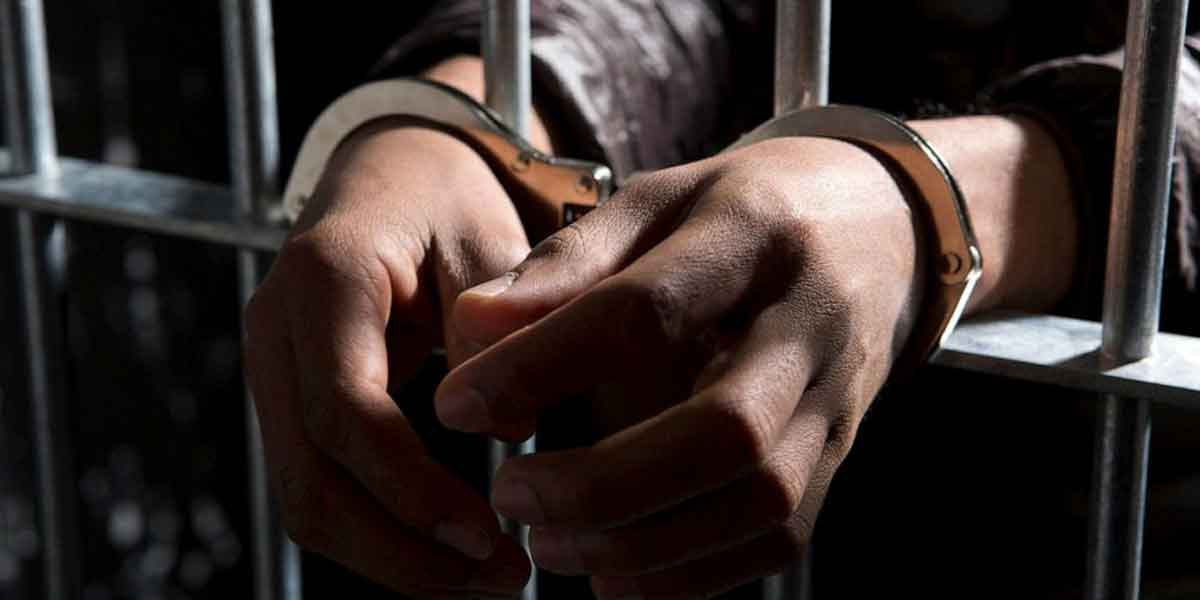By Herbert Vego
ACCORDING to the Philippine Statistics Authority (PSA), the average annual income of the Filipino family now stands at ₱307,000 or a monthly average of ₱25,583.
That looks sufficient because, as the same agency says, the average annual family expenditure is lower at ₱215,193 per year.
Due to lopsided distribution of wealth, however, the Philippines’ poverty rate remains undesirable at 22.4%. To put it bluntly, that means 25.24 million Filipinos still live miserably, or not having enough money to meet basic needs including food, clothing and shelter.
That does not speak well of President Ferdinand Marcos Jr., who has vowed to bring down the poverty rate to 9% before his six-year term ends in 2028 through infrastructure build-up and foreign investments that would create jobs and boost economic growth.
But where? Where are the foreign investors? According to the Bangko Sentral ng Pilipinas (BSP), foreign direct investments declined by 20 percent to $3.9 billion in the first half of 2023, compared to the same period in 2022.
While we could no longer count on ten fingers the countries that Marcos has visited, we see no consequential growth in foreign investments.
No doubt it’s because we have poor infrastructure, high power cost, slow broadband connections, regulatory inconsistencies, and red-tape bureaucracy marked by corruption from bottom to top.
There is no showing that the drug lords who used to bring in tons of shabu under the “blind eyes” of former President Rodrigo Duterte are no longer around.
Unless we understand the word “inflation”, we might be lulled into believing that the General Appropriations Act (GAA) appropriating a record-breaking budget of ₱5.768 trillion for 2024, recently signed into law by President Marcos, would boost the economy.
This corner does not agree with Marcos, who described the budget as “a significant point in our ongoing efforts to stimulate robust economic growth and recovery.”
On the contrary, the Department of Finance has abandoned its economic growth target of 8% for 2024, narrowing it down to a range between 6.5% and 7.5% “to reflect the impact of the dry spell on the consumption-driven economy.”
Worse, as far as the ordinary wage earner is concerned, his ₱610 daily minimum wage today would buy lesser quantity and quality of goods than his ₱512 five years ago.
We know too well that, against BBM’s promise of cutting down the price of rice to ₱20 per kilo, it has vaulted to ₱55.
The pair of leather shoes I used to buy at ₱3,000 now costs ₱5,000. Out of “revenge,” I refused to replace that old pair until my friend, Atty. Edwin Catacutan, gifted me with a new one last Christmas.
May your tribe increase, Torni.
-oOo-
SELF-DEFENSE FOR WOMEN
HEAR ye, women who need to defend themselves against bullies. Be there for a free women’s self-defense seminar on Saturday (Jan. 20), 5:00 p.m., at the Kommune & Tiger Gym & Fitness Center on Salara building, Mapa St, Mandurriao, Iloilo City.
No less than Ilongga jiujitsu champion Kimberly Anne Custodio will showcase the event aimed at empowering women through martial arts. One recalls that she topped the women’s division of the 2022 Jiujitsu World Championship in Abu Dhabi in November 2022.
Jiujitsu is an art of weaponless fighting employing holds, throws, and paralyzing blows to subdue or disable an opponent.
Incidentally, one of the organizers of the event is Sim Griño, a national jiu jitsu medal holder and grandson of the late Iloilo Governor Simplicio Griño.
To quote the young Sim, “Jiujitsu helps build a community centered on balance. Too aggressive and you get caught in traps, too defensive and you never seize an opportunity.”
























